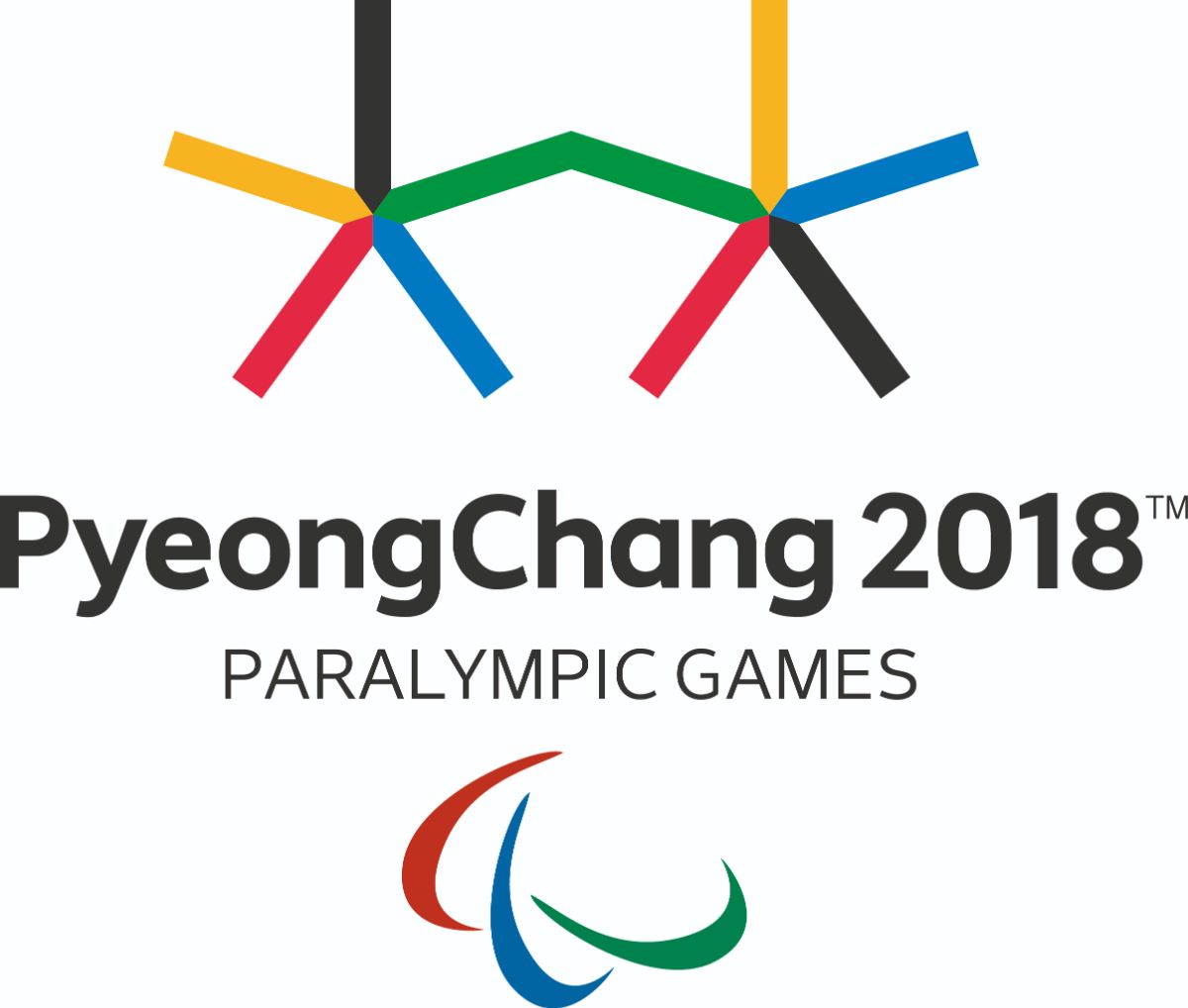Para Ice Hockey Classification
Para ice hockey has one sport class, and athletes who compete in the sport have an impairment in the lower part of their body that would prevent them from competing in able-bodied ice hockey. Players, for example, have amputations affecting their legs, coordination impairment, or a leg length difference of at least 7cm. Some players also have muscle weakness in their legs, for example due to a spinal cord injury.
All players of a team must meet the impairment criteria to compete in the sport, so that the impact of impairment on the competition outcome is minimised.
Athletes with these impairments are eligible to compete in Para ice hockey:
• Impaired muscle power
• Limb deficiency
• Leg length difference
• Hypertonia
• Ataxia
• Athetosis
• Impaired passive range of movement
Frans van der Velden (The Netherlands), features in this classification explainer video.
Be prepared and undestand the system ahead of the upcoming Paralympics - the PyeongChang 2018 Winter Paralympic Games.
For more information about classification, visit: www.Paralympic.org/pyeongchang-2018/ice-hockey

 Facebook
Facebook
 Instagram
Instagram
 Twitter
Twitter
 Youtube
Youtube
 TikTok
TikTok
 Newsletter Subscribe
Newsletter Subscribe
